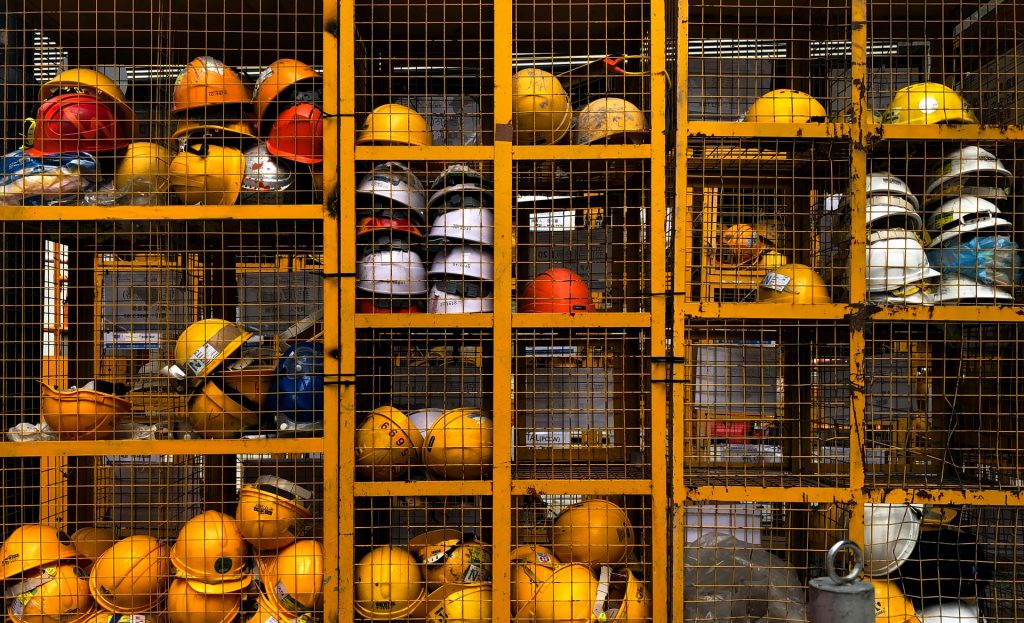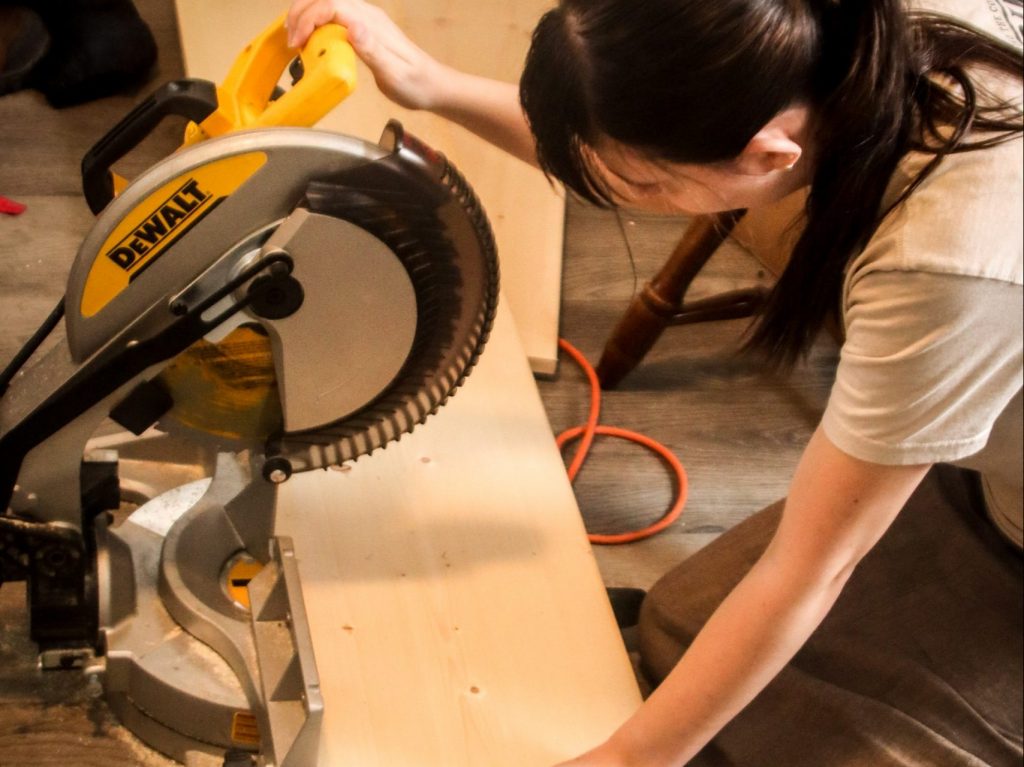Although most people use a circular saw to cut wood, there’s no limit to what it can achieve if you know how to use it correctly.
Most people might wonder if there is a specific saw to cut metal. While that is the case sometimes, you can also use a circular saw to safely cut sheet metal.
However, some prerequisites need to be met before you start to cut sheet metal. To help you, we’ve prepared some tips so you can safely and efficiently cut sheet metal with a circular saw.
Quick Summary
In this post, we will go over:
- What is the best circular saw blade to cut sheet metal?
- Safety risks to consider when you cut metal
- What speed should you set your circular saw too?
- Which type of circular saw should you get?
So, without further ado, let’s get on with the article.
What Is the Best Circular Saw Blade to Cut Sheet Metal?
With different types of metals, there are different saw blades you must use. Most of the time, the blade will have a distinct list of materials it can cut so you can match it with the material you want to cut.
Since sheet metals are mostly made up of copper, lead, brass, or aluminum, we recommend a carbide-tipped abrasive cutoff wheel.
As these types of metal are easier to cut, you should be fine if you have a cordless circular saw. However, we would advise it for other types of metals.
If you want to cut metals like iron and steel, you will need a much more powerful saw. A cordless saw won’t cut it.
For safety, we recommend you use a circular saw only for nonferrous metals like aluminum or lead.
Furthermore, the thickness of the metal is another factor you need to consider. We recommend something with a higher tooth count if the material is thin, which is the case with sheet metals.
There are three types of blades to cut different materials with. The first is the carbide-tipped blade for metals, a framing blade to cut wood, and a diamond blade if you wish to cut concrete.
But like we said before, the packaging of the blade should specify what material it’s best for. Reading the user manual of the blade is another good idea as you’ll get the exact measurements for the metal.
Safety Risks to Consider

There are some added risks when you use a miter saw to cut metal instead of wood.
If you’re someone who’s worked with wood before, you would know that a miter saw produces sawdust when the wood is cut. When you work with metal, metal shavings are even more damaging.
Therefore, it’s imperative that you protect yourself with long-sleeved clothes, safety goggles, and gloves.
Another thing to be careful of is the heat. The saw blade on the circular saw moves extremely fast when it cuts metal. As a result, it gets red hot quickly. Anyone who touches the saw may suffer from severe burns or damage to the saw itself.
There is no doubt that metal is trickier to cut than wood. However, the trick lies in confidence. Know your tools and have faith in yourself. Otherwise, one slip-up can cause permanent damage to you or your circular saw.
In addition, we don’t recommend you wear loose clothing or jewelry while you operate a circular saw. There’s a risk of your clothes getting caught in the blade which may cause injury.
Here are some additional tips to ensure safety while you operate a circular saw:
- We suggest you perform regular maintenance on the circular saw. Don’t forget to closely inspect your blade to avoid cutting materials with a dull or dirty blade. Moreover, test the power cords for any failure points
- You must keep both hands on the saw therefore, use clamps to secure the metal to the bench
- Adjust the blade depth so the teeth tips don’t stick out. This way you will minimize the risk of accidentally cutting yourself
- An excellent way to practice safety is to take care of the saw blade. Apart from regularly cleaning it, we also recommend you lubricate it. This will prevent the blade from sticking to material that is being cut due to the debris.
What Speed Should You Set your Circular Saw to?
Another concern people have when they use a circular saw to cut metal is what speed to set it on.
A good speed to efficiently cut metal is a maximum no-load RPM of 5,000. If you go any less than this, you may overheat the metal and cause damage to the circular saw or yourself.
Which Type of Circular Saw Should You Get?
We think the best thing you can do to accurately cut sheet metal is to invest in a circular saw designed for this job.
You can choose from a wide range of established circular saw brands such as DeWalt, Hitachi, Ryobi, SKIL, Makita, etc.
However, if this isn’t possible, one that cuts both wood and metal will also suffice. Most circular saws in the market will have no problem cutting metals like aluminum as long as the correct blade is attached.
If you’re a professional worker and need a heavy-duty power saw, we would recommend you go for the Makita XSC04Z. It’s made especially to cut metal with the blades included in the box.
In the end, no matter what circular was you go with, it all depends on the blade.
Wrapping Things Up…
In conclusion, it’s quite easy to cut sheet metal with a circular saw. You just need to consider the critical points we mentioned above and make sure the blade you’re using is the correct one to cut metal.
Similar to using any power tool, make sure you follow the proper safety procedure. Don’t forget to read the user manual for all the appropriate information.
We hope the information in this article was helpful. If you have any questions, feel free to leave them in the comments below.
Check out our website for professional methods to do your work.

